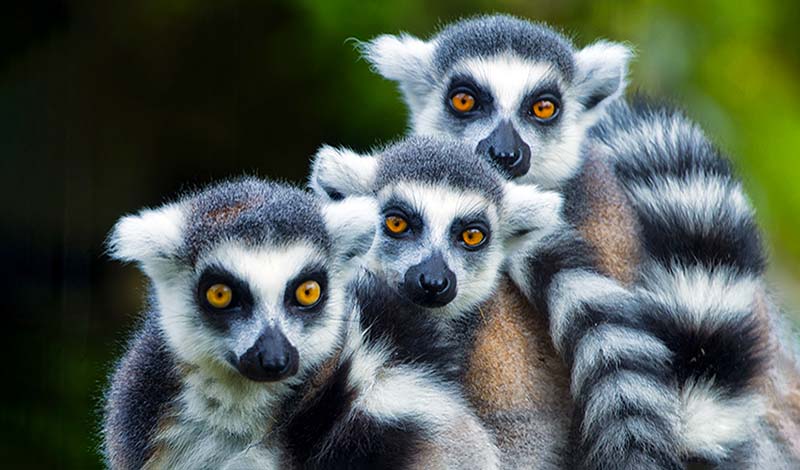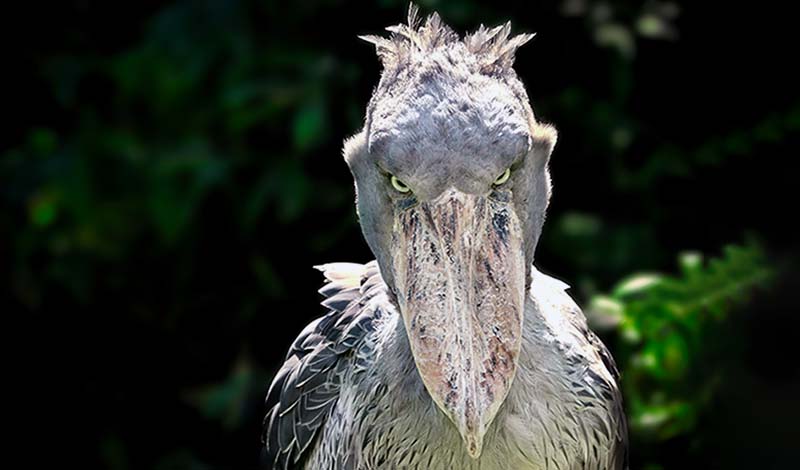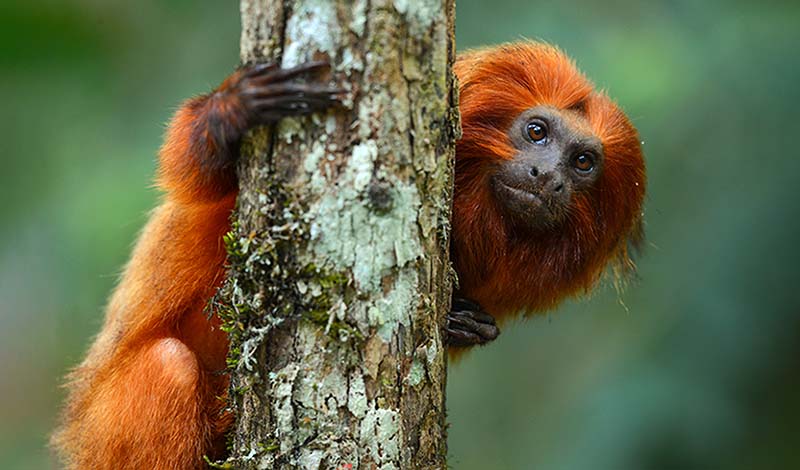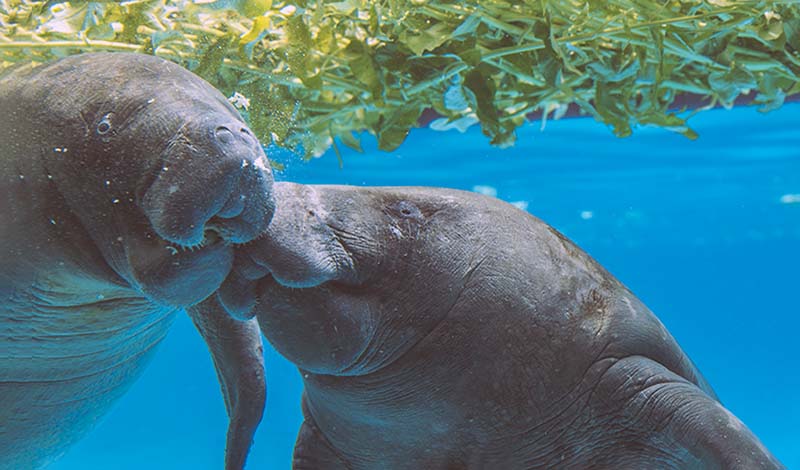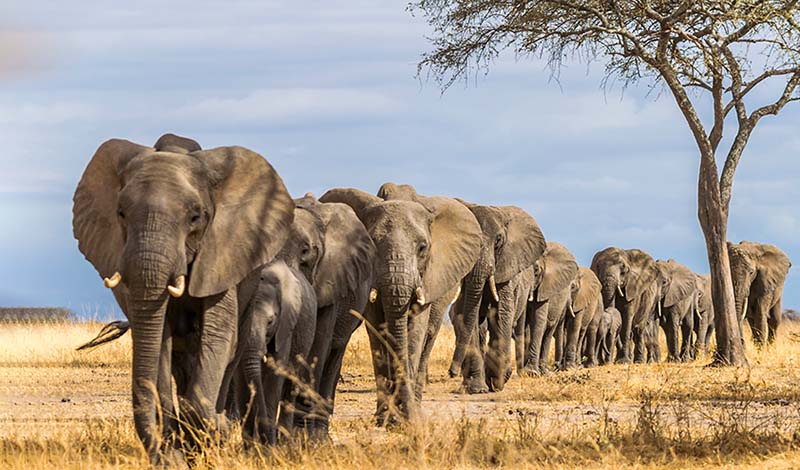2-minute read
If you took the city… and turned it upside down and shook it, you would be amazed at the animals that would fall out.
Yann Martel, Life of Pi
What kinds of creatures would fall out if you turned your city upside down? Here in NYC, we’d shake out 1.1 million domestic animals of the woofing, meowing variety, and a surprising assortment of wild ones, including coyotes, deer, raccoons, possums, skunks, hawks, and the occasional snowy owl. As habitat loss and climate change continue to take their toll on natural ecosystems, wild animals looking for a home away from home can end up in unexpected places, like a green patch of park in the middle of a 23-square-mile island inhabited by 1.63 million people.
By 2050, it’s estimated that 7 billion people will live in urban areas. Whether it’s coyotes in Manhattan, sea lions in San Francisco, or cougars in Los Angeles, cities will be supporting more diverse animal species in response to the impacts of ongoing environmental change. As wildlife and urban dwellers try to adjust to sharing the same habitat, cities that plan for peaceful co-existence will be critical to the survival of some of our increasingly endangered animals.
Because coyotes are going to coyote, and cougars are going to cougar, managing the ecological challenges of making room for urban wildlife takes innovative thinking so that animals can do what they normally do without stressing out their human neighbors.
So, what would a wildlife-friendly city look like? It could look like Los Angeles, the second most populated city in the U.S., which is in the final stages of planning and fundraising for the world’s largest urban wildlife crossing, a 210-foot span over ten lanes of the 101 Freeway, which will create a vital connection for a population of at-risk cougars and other native wildlife.
The average home range of a cougar is 240 square miles, but the fragmentation of habitat by roads and ongoing development is a threat to their survival. By reconnecting the Santa Monica Mountain ecosystem over the 101, the Liberty Canyon Wildlife Crossing will give big cats like P-22, aka the Brad Pitt of cougars, the ability to freely move between regions, helping to save the iconic animals from isolation and extinction.
The wildlife crossing will also provide other California creatures—bobcats, grey foxes, coyotes, and mule deer—with a safe passage between patches of critter-friendly habitat. And human inhabitants of the sprawling city will get a nature boost too. The conservation project’s green space will include a multi-use trail and recreation areas for hikers, bikers, and equestrians—all-around good news for nature-loving Angelenos.
Studying how wild animals live, move, and adapt when faced with the accelerating pressures of habitat loss and climate change is helping conservationists, city planners, and concerned citizens to create resilient urban ecosystems that will make cities healthier and more livable for humans and wildlife on a rapidly changing planet.
You can read about the big cats of the Santa Monica Mountains here and learn more about how a short walk over a ten-lane freeway could be vital to helping these endangered cougars to keep on cougaring from the good people at Save LA Cougars Campaign.
ICYMI Nature News
A Purr-fect Ending
Speaking of big cats, we think you might need to take a look at this unbelievably adorable video of chirping cheetahs at the Smithsonian’s National Zoo. Did your heart swell to ten times its normal size at the end? Yeah, we thought so.
The Beary Chunky Chompion
Did you predict the winner of Fat Bear Week? If you bet on 747, aka Bear Force One, congratulations on your astute sense of future bear fatness. If you’d like to learn why hibernating bears are able to pack on the pounds and stay healthy, The Washington Post has some interesting insights for you here.
A Brand New Whale
The good news: scientists named a new species of baleen whale this week. The bad news: the 60,000-pound marine mammal, dubbed Rice’s whale, is on the verge of extinction. Geez, give us a chance to get to know the finned fellows…
A Pest-Beating Flowering Plant
Scientists have discovered a Costa Rican plant that turns crop-destroying pests into pollinators. Crafty!
Audubon Migratory Bird Explorer
Have you checked out Audubon’s guide to bird migration yet? You can track the annual journeys of over 450 bird species and learn about the challenges they face to surviving along the way with this cool bird tracking tool. Also, we just wanted to mention the fifth and final beautiful installment of the Birdsong Project is now available—from Audubon to your ears.
Underbirds Are Go
Voting for Forest & Bird’s New Zealand Bird of the Year is now open. Exciting! Which finely feathered candidate will earn your nod of approval? We’re going with the Rockhopper penguin again this year. With those outstanding head tufts, it has to win eventually. Choose your five favorites here.
And that’s all for now. Have a super week!





